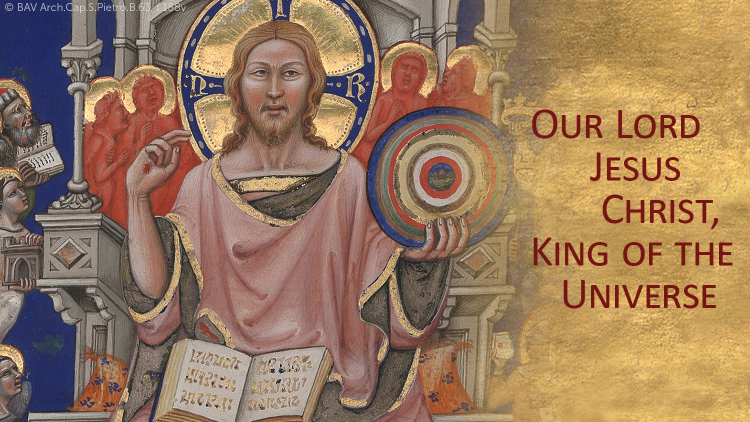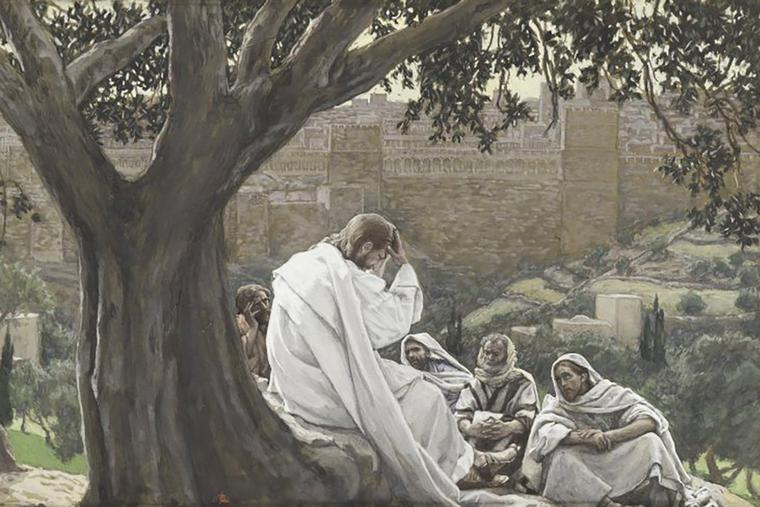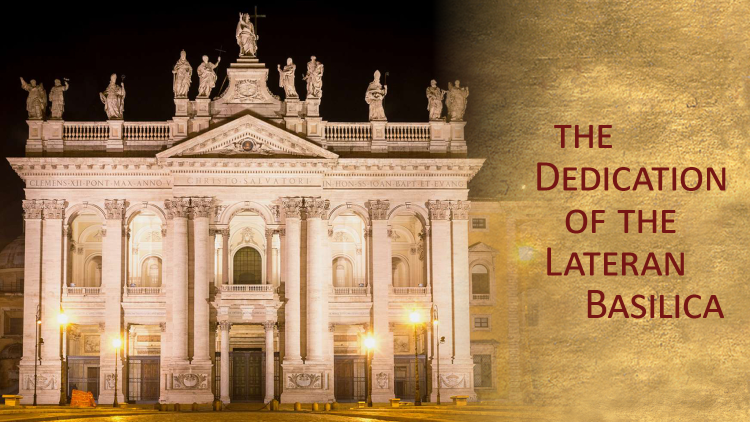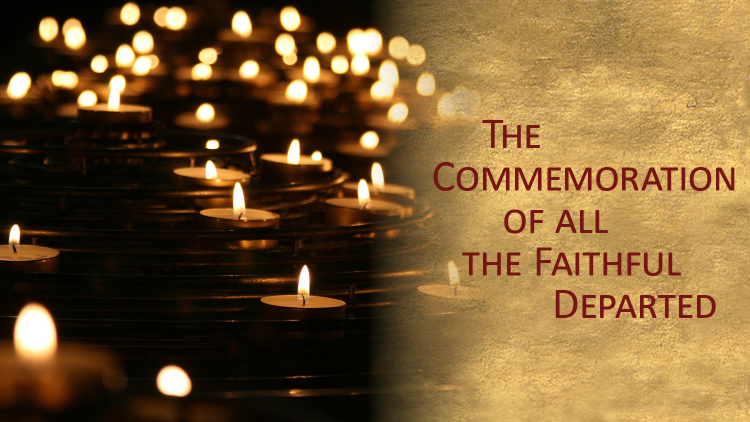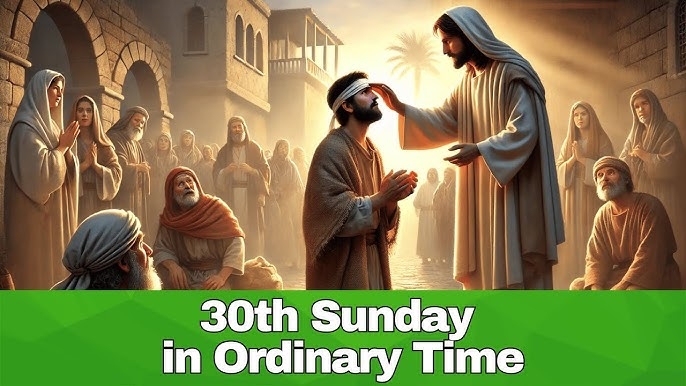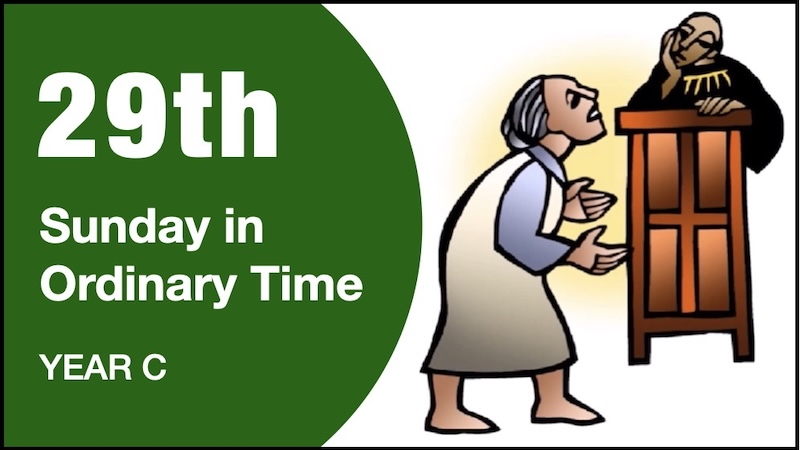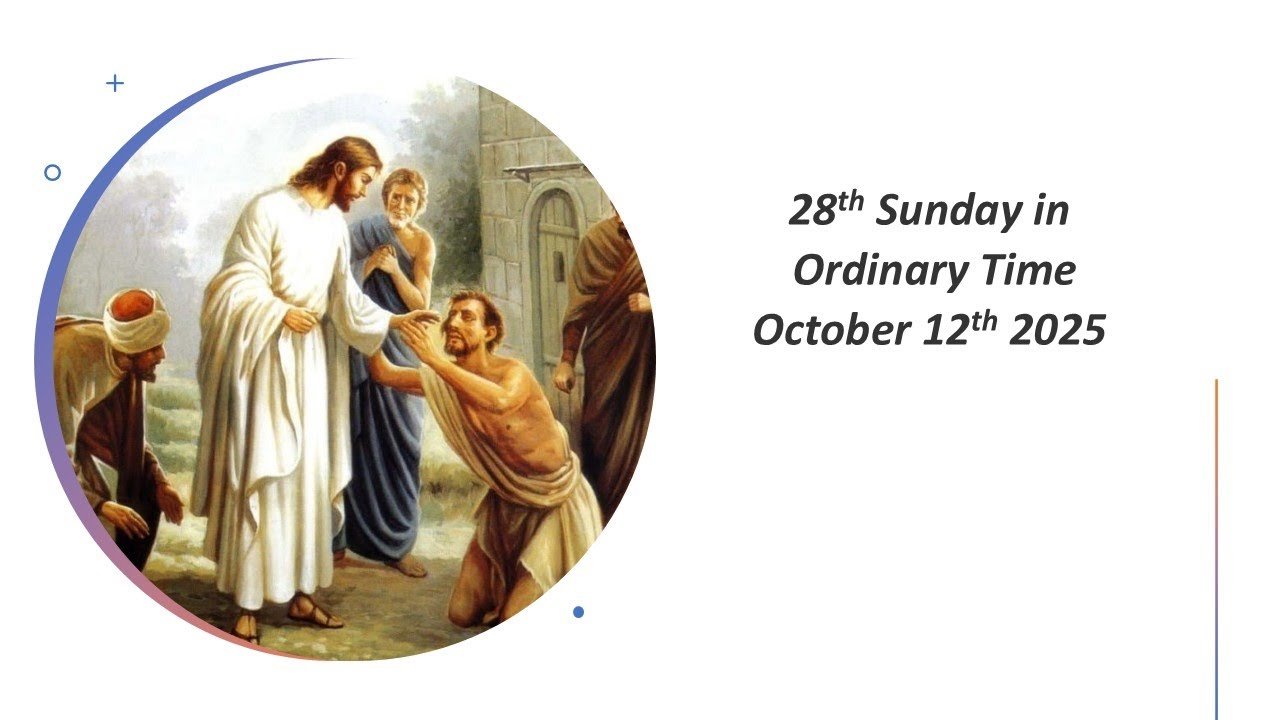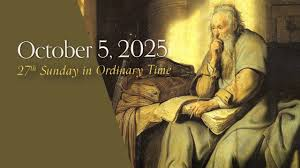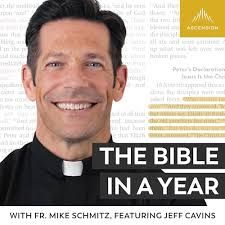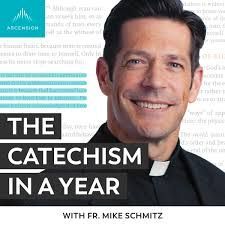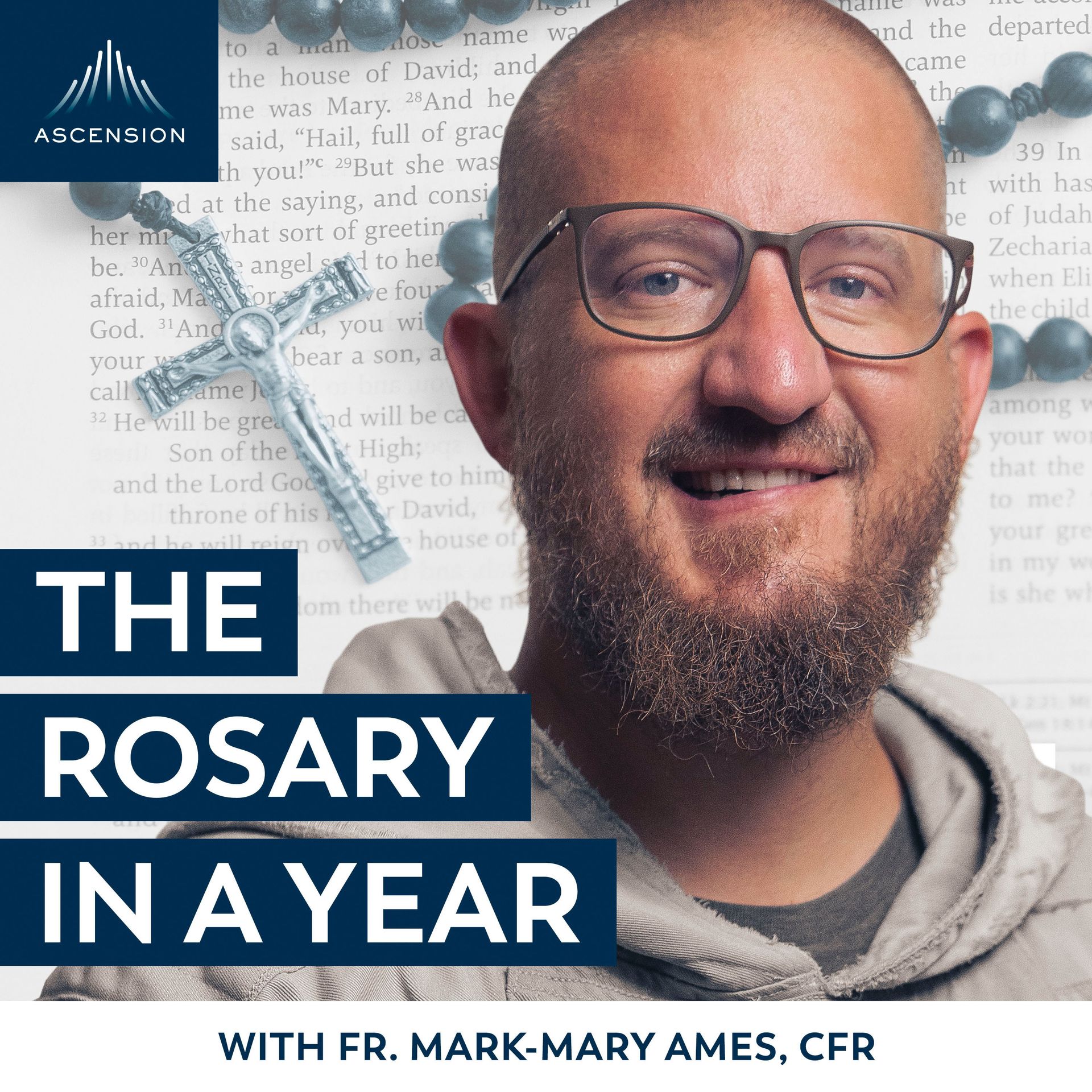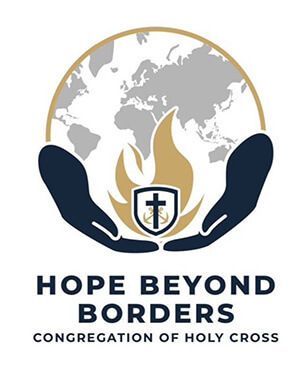Twentieth Sunday in Ordinary Time, August 20, 2023
Dear Friends,
Today as we enter into the 20th Sunday, Year A, we are very happy to receive our children in Faith Formation Classes. I thank the parents for their sacrifice and for their love of the Lord. I kindly request you to bring your children/ grandchildren for Masses as the “Eucharist is the Source and Summit of our Christian Life.” May Jesus say of our faith as he commented on the faith of the Canaanite woman: “Great is your faith!”
Let us continue to read together the Post-Synodal Apostolic Exhortation of Pope Benedict XVI entitled: Sacramentum Caritatis. This exercise of reading this beautiful exhortation of Pope Benedict XVI in easy digestible portions is intended to help us to gratefully appreciate anew the gift of the Eucharist!
Have a Blessed Week!
With love, Fr. John
W e e k 8 — SA C R A M E N T U M C A R I T A T I S ( T H E SA C R A M E N T O F C H A R I T Y : T H E E U C H A R I ST )
CONTINUATION OF THE POST-SYNODAL APOSTOLIC EXHORTATION SACRAMENTUM CARITATIS OF THE HOLY FATHER BENEDICT XVI TO THE BISHOPS, CLERGY, CONSECRATED PERSONS AND THE LAY FAITHFUL ON THE EUCHARIST AS THE SOURCE AND SUMMIT OF THE CHURCH'S LIFE AND MISSION
P A R T O N E : T H E E U C H A R I ST — A M Y ST E R Y T O B E B E L I E V E D ( c on t i n u e d )
“This is the work of God: that you believe in whom he has sent.” (Jn 6:29)
THE EUCHARIST AND CHRISTIAN INITIATION
THEIR INTRINSIC RELATIONSHIP
- The Synod Fathers rightly stated that a love for the Eucharist leads to a growing appreciation of the sacrament of (54) Given the connection between these sacraments, an authentic catechesis on the meaning of the Eucharist must include the call to pursue the path of penance (cf. 1 Cor 11:27-29). We know that the faithful are surrounded by a culture that tends to eliminate the sense of sin (55) and to promote a superficial approach that overlooks the need to be in a state of grace in order to approach sacramental communion worthily. (56) The loss of a consciousness of sin always entails a certain superficiality in the understanding of God's love. Bringing out the elements within the rite of Mass that express consciousness of personal sin and, at the same time, of God's mercy, can prove most helpful to the faithful.(57) Furthermore, the relationship between the Eucharist and the sacrament of Reconciliation reminds us that sin is never a purely individual affair; it always damages the ecclesial communion that we have entered through Baptism. For this reason, Reconciliation, as the Fathers of the Church would say, is laboriosus quidam baptismus [a laborious kind of Baptism] ; (58) they thus emphasized that the outcome of the process of conversion is also the restoration of full ecclesial communion, expressed in a return to the Eucharist. (59)
SOME PASTORAL CONCERNS
- The Synod recalled that Bishops have the pastoral duty of promoting within their Dioceses a reinvigorated catechesis on the conversion born of the Eucharist, and of encouraging frequent confession among the faithful. All priests should dedicate themselves with generosity, commitment and competency to administering the sacrament of (60) In this regard, it is important that the confessionals in our churches should be clearly visible expressions of the importance of this sacrament. I ask pastors to be vigilant with regard to the celebration of the sacrament of Reconciliation, and to limit the practice of general absolution exclusively to the cases permitted, (61) since individual absolution is the only form intended for ordinary use. (62) Given the need to rediscover sacramental forgiveness, there ought to be a Penitentiary in every Diocese. (63) Finally, a balanced and sound practice of gaining indulgences, whether for oneself or for the dead, can be helpful for a renewed appreciation of the relationship between the Eucharist and Reconciliation. By this means the faithful obtain "remission before God of the temporal punishment due to sins whose guilt has already been forgiven." (64) The use of indulgences helps us to understand that by our efforts alone we would be incapable of making reparation for the wrong we have done, and that the sins of each individual harm the whole community. Furthermore, the practice of indulgences, which involves not only the doctrine of Christ's infinite merits, but also that of the communion of the saints, reminds us "how closely we are united to each other in Christ ... and how the supernatural life of each can help others." (65) Since the conditions for gaining an indulgence include going to confession and receiving sacramental communion, this practice can effectively sustain the faithful on their journey of conversion and in rediscovering the centrality of the Eucharist in the Christian life.
THE EUCHARIST AND THE ANOINTING OF THE SICK
22. Jesus did not only send his disciples forth to heal the sick (cf. Mt 10:8; Lk 9:2, 10:9); he also instituted a specific sacrament for them: the Anointing of the Sick.(66) The Letter of James attests to the presence of this sacramental sign in the early Christian community (cf. 5:14-16). If the Eucharist shows how Christ's sufferings and death have been transformed into love, the Anointing of the Sick, for its part, unites the sick with Christ's self-offering for the salvation of all, so that they too, within the mystery of the communion of saints, can participate in the redemption of the world. The relationship between these two sacraments becomes clear in situations of serious illness: "In addition to the Anointing of the Sick, the Church offers those who are about to leave this life the Eucharist as " (67) On their journey to the Father, communion in the Body and Blood of Christ appears as the seed of eternal life and the power of resurrection: "Anyone who eats my flesh and drinks my blood has eternal life and I will raise him up on the last day" (Jn 6:54). Since viaticum gives the sick a glimpse of the fullness of the Paschal Mystery, its administration should be readily provided for. (68) Attentive pastoral care shown to those who are ill brings great spiritual benefit to the entire community, since whatever we do to one of the least of our brothers and sisters, we do to Jesus himself (cf. Mt 25:40).
(54) Propositio 7; John Paul II, Encyclical Letter Ecclesia de Eucharistia (17 April 2003), 36: AAS 95 (2003), 457-458.
(55) John Paul II, Post-Synodal Apostolic Exhortation Reconciliatio et Paenitentia (2 December 1984), 18: AAS 77 (1985), 224-228.
(56) Catechism of the Catholic Church, 1385.
(57) For example, the Confiteor, or the words of the priest and people before receiving Communion: "Lord, I am not worthy to receive you, but only say the word and I shall be " Not insignificantly does the liturgy also prescribe certain very beautiful prayers for the priest, handed down by tradition, which speak of the need for forgiveness, as, for example, the one recited quietly before inviting the faithful tosacramental communion: "By the mystery of your body and blood, free me from all mysins and from every evil. Keep me always faithfulto yourteachings and never let me be parted from you."
(58) Saint John Damascene, Exposition of the Faith, IV, 9: PG 94, 1124C; Saint Gregory Nazianzen, Oratio 39, 17: PG 36, 356A; Ecumenical Councilof Trent, Doctrina de sacramentopaenitentiae, Chapter 2: DS 1672.
(59) Second Vatican Ecumenical Council, Dogmatic Constitution on the Church Lumen Gentium, 11; John Paul II, Post-Synodal Apostolic Exhortation Reconciliatio et Paenitentia(2 December 1984), 30: AAS 77 (1985), 256-257.
(60) Propositio 7.
(61) John Paul II, Motu Proprio Misericordia Dei (7 April 2002): AAS 94 (2002), 452-459.
(62) Together with the Synod Fathers I wish to note that the non-sacramental penitential services mentioned in the ritual of the sacrament of Reconciliation can be helpful for increasing the spirit of conversion and of communion in Christian communities, thereby preparing hearts for the celebration of the sacrament:
(63) cf. Propositio 7.
(64) Code of Canon Law, can. 508. (Paul VI, Apostolic Constitution Indulgentiarum Doctrina (1 January 1967), Norms, No. 1: AAS 59 (1967),
(65) Ibid., 9: AAS 59 (1967), 18-19.
(66) Cf. Catechism of the Catholic Church, 1499-1532.
(68) Cf. Propositio 44.


